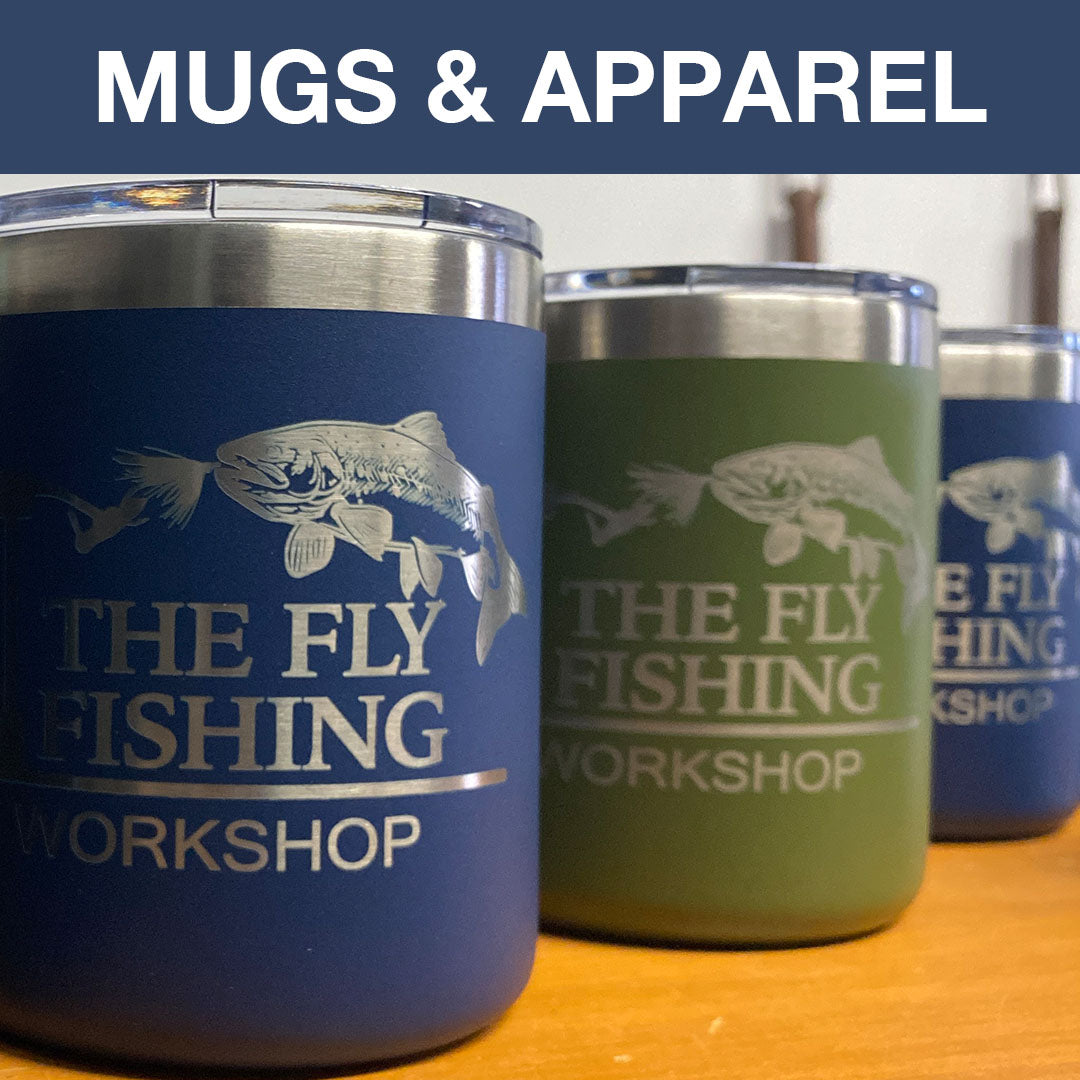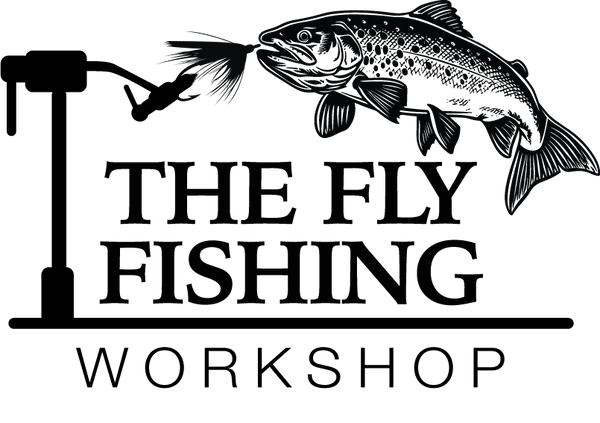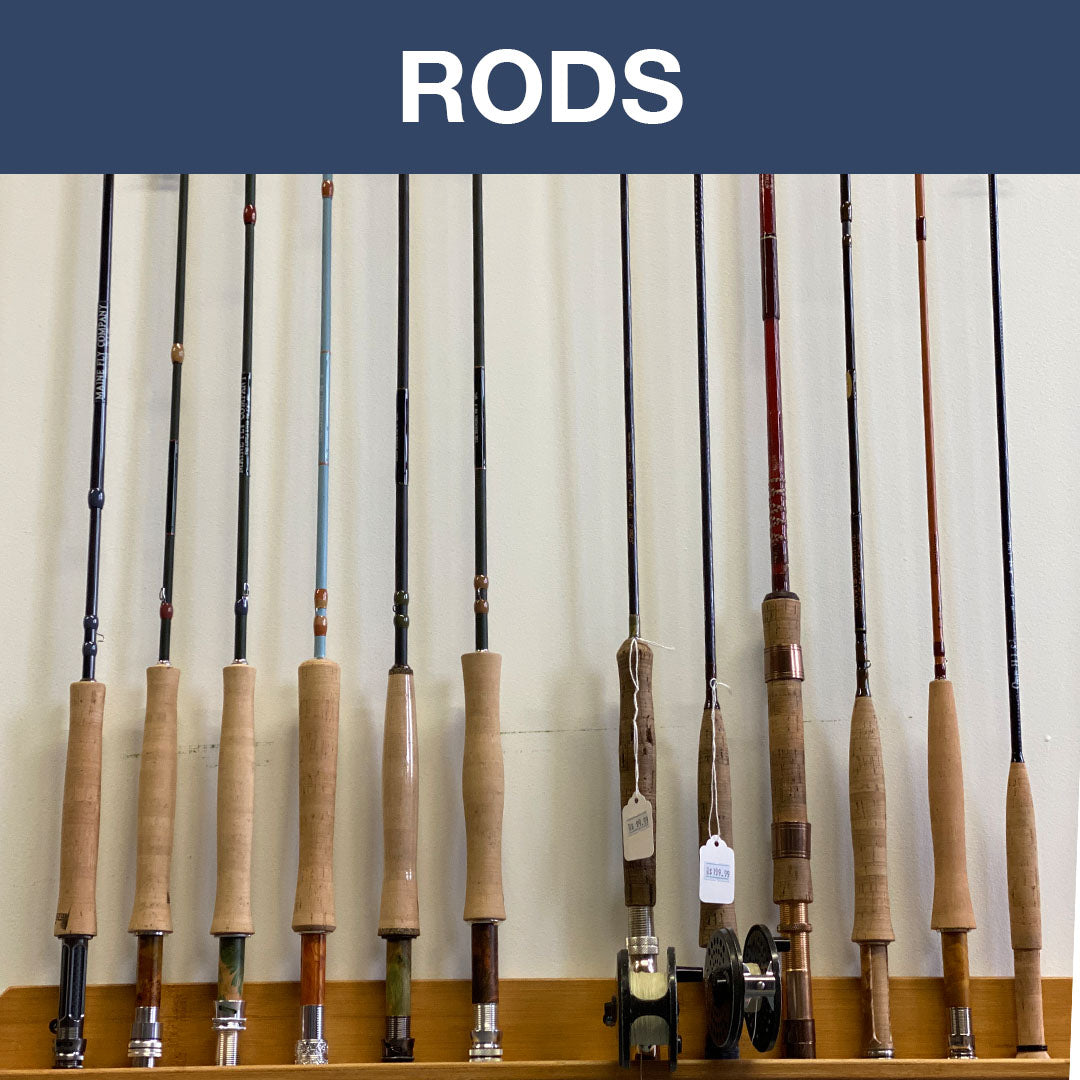Basic Fly Tying Overview
At a fly tying lesson or workshop, you'll learn the basics of fly tying, including essential tools, materials, and tying techniques. You'll also learn how to tie different types of flies, like streamers and nymphs, and get hands-on experience creating your own flies.
Here's a more detailed look at what you can expect:
1. Introduction to Tools and Materials:
-
Vise:
You'll learn about different vise types, their pros and cons, and how to use them effectively. -
Bobbin and Bobbin Threader:
You'll learn how to use the bobbin to hold and manage thread, and how to thread the bobbin. -
Scissors:
You'll learn how to use scissors to trim materials and create clean lines in your fly. -
Hackles and other materials:
You'll learn about various materials like feathers, fur, and wire, and how they're used to create different fly patterns.
2. Basic Tying Techniques:
-
Pinch Wrap: This is a fundamental technique used to apply materials to the hook, and you'll learn how to use it effectively.
-
Whip Finish: You'll learn how to create a secure and durable finish to your fly.
3. Fly Patterns:
-
Wooly Bugger: A classic streamer fly, often used as an introductory fly due to its larger materials and versatility.
-
Zebra Midge: A simple but effective fly that can be a good learning experience due to its small size.
-
Other patterns:
You may also learn how to tie dry flies, wet flies, and nymphs, depending on the workshop's focus.
4. Hands-on Experience:
-
You'll get to tie your own flies under the guidance of an instructor, allowing you to apply your knowledge and develop your skills.
-
You'll also get to critique your own work and learn from the instructor's feedback.
5. Basic Concepts:
-
You'll learn about the importance of creating smooth underbodies and attention to detail in fly tying.
- You'll also learn about how to fish different types of flies and when to use them.
-

Mugs & Apparel
The Fly Fishing Workshop Mugs & Apparel are designed at the highest...
-

Fly Tying Vise
Vises for tying flies
-

Used Fly Fishing Equipment
Used Rods and Reels and assorted fly fishing equipment









